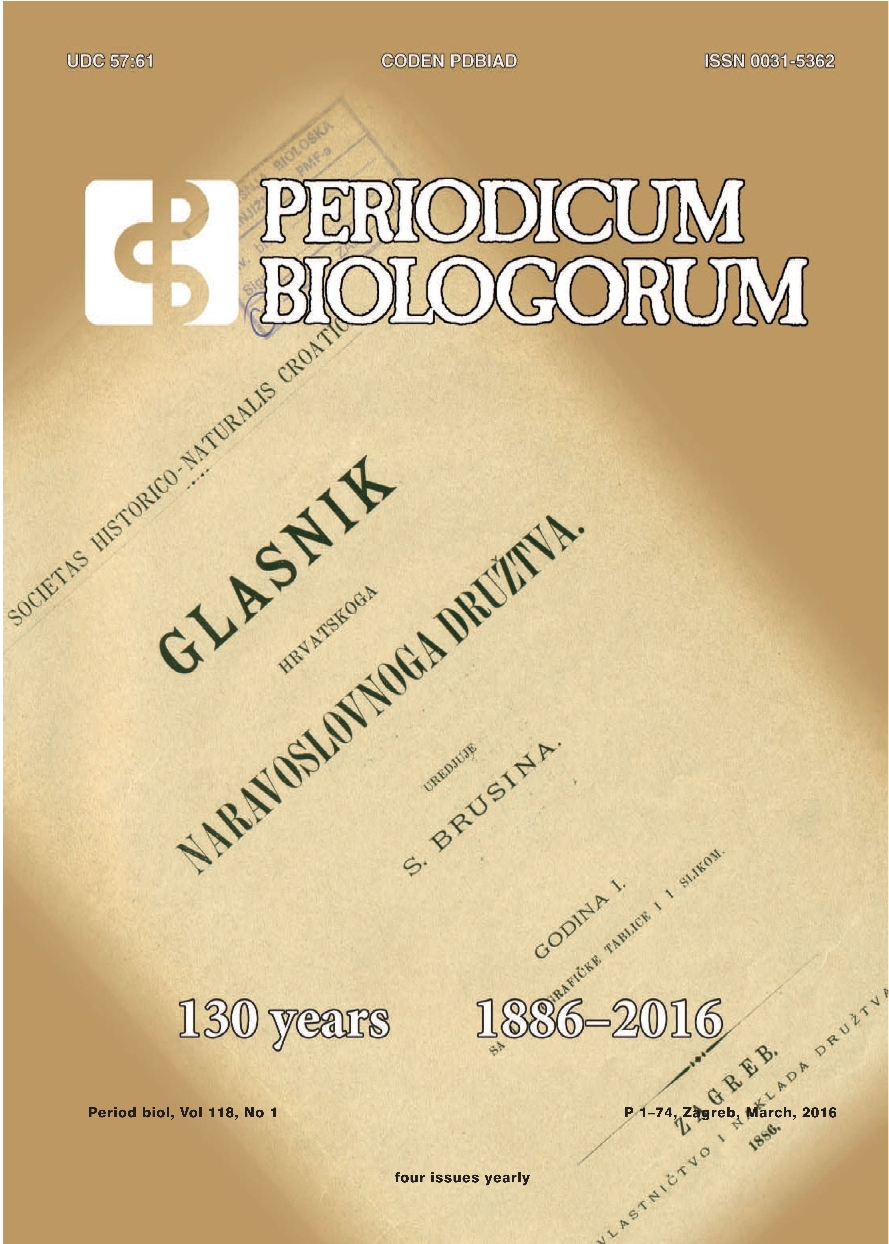Detection of virulence gene belonging to cag pathogenicity island in Helicobacter pylori isolates after multiple unsuccessful eradication therapy in Northwest Croatia
DOI:
https://doi.org/10.18054/pb.v118i1.3771Abstract
Background: Some of the genes belonging to cag pathogenicity island (cagPAI) in Helicobacter pylori were found to be associated with an increased severity of gastric mucosal inflammation that might lead to the development of gastroduodenal disease.
Aim: The aim of our study was to define a group of patients based on the frequency of virulence genes of cagPAI island and comparison with pathohistological alterations of gastric mucosa who need to be subjected to further eradication therapy after previous unsuccessful eradication therapy and in spite of benign endoscopic findings.
Material and methods: In total 103 H. pylori isolates were analysed. Genes encoding virulence factors were detected by PCR with primers for 10 loci in cagPAI: Apcag (cagA promotor region), cagA1, cagA2, cagA3, cagM, cagT, cagE, LEC, tnpA and tnpB. The patients who provided isolates were classified into three clinical categories: non-ulcer dyspepsia (n=69), erosio/ulcus ventriculi (n=22) and erosio/ulcus duodeni (n=12).
Results: 16 strains (15.5%) were negative for all tested genes. 87 (84.5%) of the isolates had parcially deleated cagPAI. None of the isolates possessed all 10 genes. The frequency of single cagPAI genes were as follows: Apcag 63.1%, cagA1 71.8%, cagA2 69.9%, cagA3 5.8%, cagM 71.8%, cagE 75,7%, cagT 68% tnpA 9.7%, tnpB 7.8% i LEC 48.5%.
No statistically significant difference was observed between the presence of any cagPAI genes and endoscopic diagnosis (p>0.16). The presence of CagA2, Apcag and cagM showed statistically significant correlation with higher level of patohistological parameters of gastritis (p<0.05).
Conclusions: H. pylori isolates with positive cagA, Apcag, and cagM genes are correlated to higher degree of patohistological lesions of gastric mucosa; without statistically significant correlation with endoscopic diagnosis.
Keywords: Helicobacter pylori, genotyping, cag pathogenicity island, cagA
Downloads
Additional Files
Published
Issue
Section
License
The contents of PERIODICUM BIOLOGORUM may be reproduced without permission provided that credit is given to the journal. It is the author’s responsibility to obtain permission to reproduce illustrations, tables, etc. from other publications.


